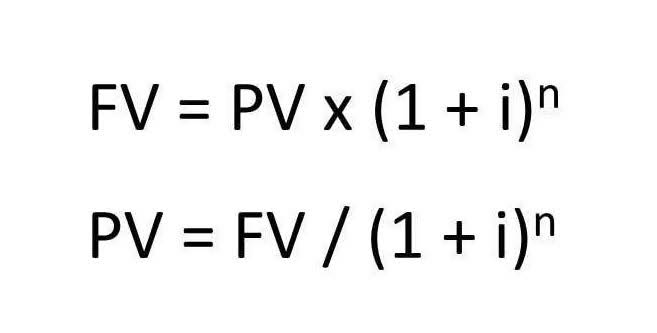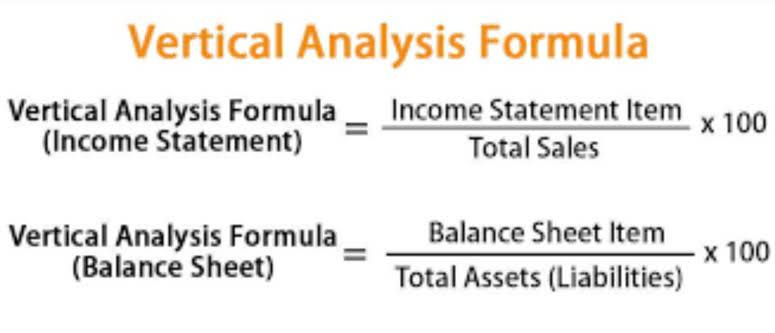
Though this seems ideal, the company might have had a negative gross profit margin, a decrease in liquidity ratio metrics, and lower earnings compared to equity than in prior periods. This means the company is performing below its competitors in spite of its high revenue. The asset turnover ratio measures how much net sales are made from average assets. Liquidity ratios measure a company’s capacity to meet its short-term obligations and are a vital indicator of its financial health.
Comparative Ratio Analysis Across Companies

From there, it is possible to see trends in how financial data has changed over time, which can assist in future financial forecasting and decision-making. A higher inventory turnover ratio means that a company is moving its goods and products quickly, whereas a lower ratio may indicate a lack of demand or inefficient use of resources. Receivables turnover, on the other hand, looks at how quickly and effectively businesses collect on amounts owed. To effectively interpret financial ratios, it is crucial to compare them with industry averages, conduct trend analysis, and recognize their limitations. While financial ratios are essential tools for evaluating a company’s financial health and performance, they also have limitations.
- Though some benchmarks are set externally (discussed below), ratio analysis is often not a required aspect of budgeting or planning.
- On the other hand, when the DPO is too high, it means a company delays paying its suppliers, which can lead to disputes.
- Customer acquisition cost plays a role in many of the ratios above, as it measures the cost to acquire a new customer.
- It is important that companies can readily convert account receivables to cash.
- In this guide, we’ll delve into the world of efficiency ratios, exploring their definitions, calculations, significance in financial analysis, practical examples, and strategies for improvement.
- As revenue is the amount of income generated by what your company sells, you need to know how efficiently your company receives payments from clients.
- The financial ratios for efficiency and effectiveness assess a company’s operations and profitability.
Return on Assets (ROA)
Where Net Sales is the company’s total net revenue or sales over a period of time, average Total Assets is the average of the company’s total assets over that same period. The day’s sales in inventory ratio measures the average number of days it takes a income statement company to turn its Inventory into sales. It indicates how efficiently a company is managing its Inventory and selling its products. Efficient management of accounts receivable is crucial for service-based businesses.

#2 – Inventory Turnover Ratio

It implies that certain industries have higher ratios due to the nature of the industry. Regardless of the budgeting approach your organization adopts, it requires big data to ensure accuracy, timely execution, and of course, monitoring. A ratio is the relation between two amounts showing the number of times one value contains or is contained within the other. Shaun Conrad is a Certified Public Accountant and CPA exam expert Law Firm Accounts Receivable Management with a passion for teaching. After almost a decade of experience in public accounting, he created MyAccountingCourse.com to help people learn accounting & finance, pass the CPA exam, and start their career. Take self-paced courses to master the fundamentals of finance and connect with like-minded individuals.
Example 3: Service Industry
- Business leaders rely on ratio analysis insights to improve operational planning and optimize efficiency.
- Efficiency ratios show how effectively a company uses working capital to generate sales.
- To address these limitations, use multiple ratios, consider qualitative factors, and exercise caution when interpreting financial ratios.
- A gross profit margin looks at the percentage of revenue that remains after subtracting production costs, whereas net profit margin accounts for all business expenses.
The ratio also shows how financial ratios efficiency well inventory is being managed including whether too much or not enough inventory is being bought. This ratio measures the efficiency with which a company utilizes its assets to generate sales revenue, indicating the overall effectiveness of its asset management practices. The inventory turnover ratio is calculated as the cost of goods sold divided by average inventory. This ratio measures the number of times a company sells and replaces its inventory during a period, indicating the effectiveness of its inventory management practices.

Drive Business Performance With Datarails

The receivables turnover ratio measures how many times a company collects its average receivables during a period. A higher ratio indicates a more efficient collection process, while a lower ratio could indicate difficulties in collecting payments from customers. For stock market analysis, this ratio helps determine if a company operates with strong billing and collections procedures.
